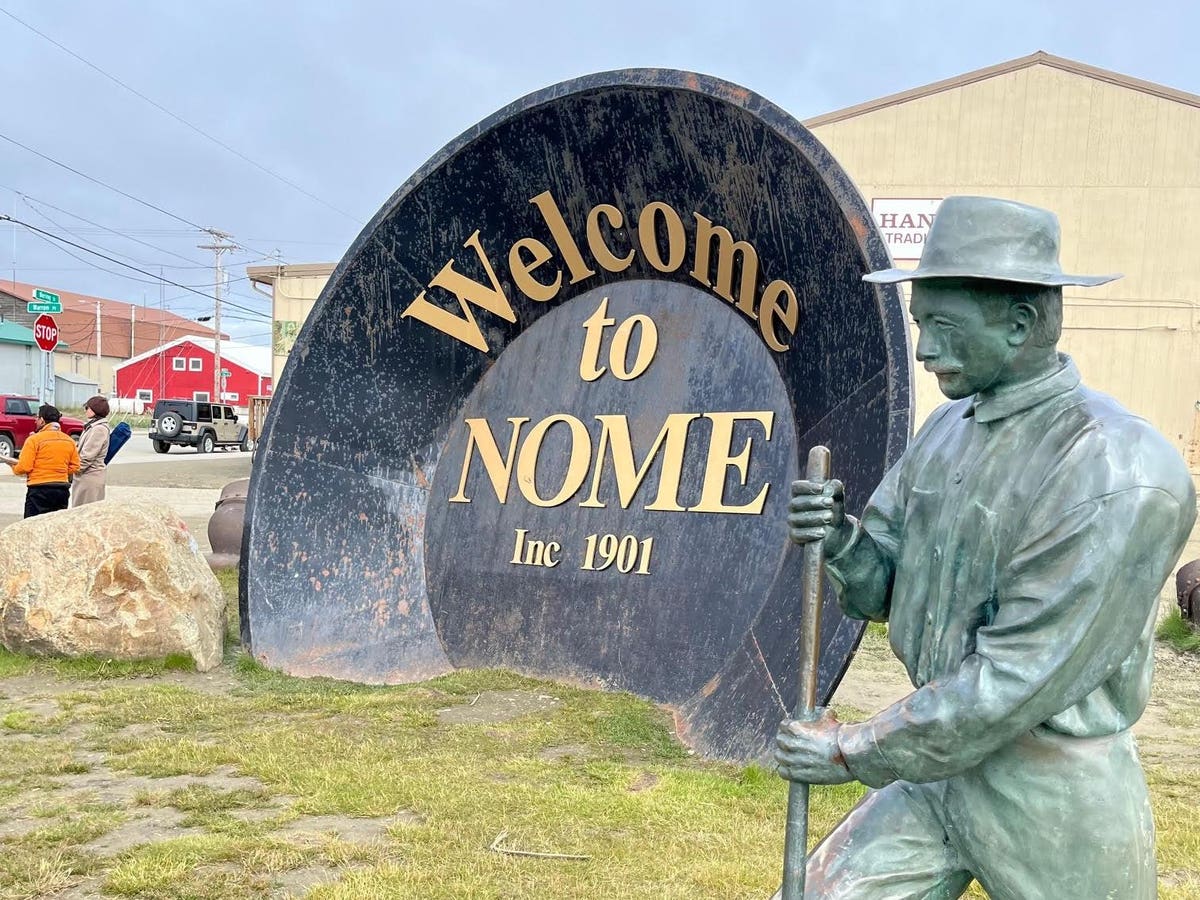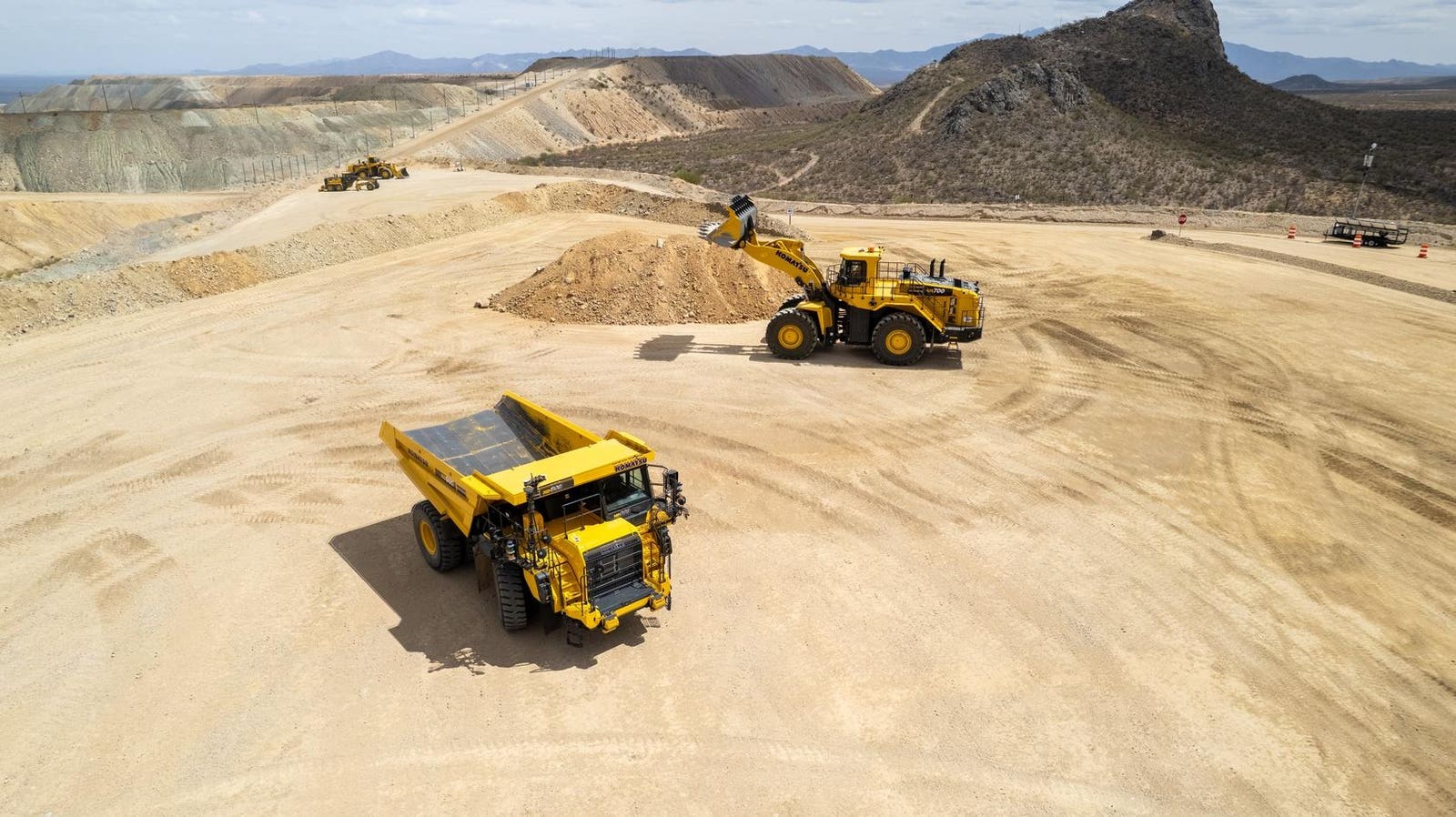Nome, on the Bering coast of the Seward Peninsula, was once Alaska’s largest city due to Gold Rush … More
Alaska’s vast wilderness has been a testing ground of human endurance for millennia as the gateway for human habitation of the Americas. It has also been a frontier for natural resource extraction from its time as a Russian territory to its post-purchase period as an American acquisition. From the Klondike Gold Rush of the 1890s to the Northern Slope’s oil boom of the 1970s, minerals have attracted economic interests in the “Last Frontier” and climate change may provide yet another phase in Alaska’s extractive bonanza. I have had the good fortune of traveling far and wide in America’s largest state by area. My wife and I did our honeymoon in Alaska around twenty-five years ago by renting an RV and doing the big 2000-mile “Grand Circle” between Anchorage to Fairbanks and back. Subsequent visits have taken me to Juneau and Seaward on the “Marine Highway.” Last summer I travelled as an educator and researcher aboard the Norwegian ship The Roald Amundsen from Nome, Alaska through the Bering Sea to the Aleutian Islands and down to Sitka. We visited some of the most remote Alaskan locales such as uninhabited St. Matthew Island and the once seal-furring hub of St. Paul Island.
The remarkable resilience of Alaskans – indigenous and settlers alike – resonates will all visitors, and a strong connection to the land and resources is a common thread that binds them. Alaska’s current governor Mike Dunleavy was drawn to the resource frontier of Alaska from Pennsylvania’s steel-town of Scranton in his early twenties. He worked in a logging camp and made his way into politics to find win-win opportunities for Alaskans around resource development. Last week, the governor was in Washington for the SelectUSA conference and spoke at an event at the Hudson Institute was surprisingly cosponsored by various Japanese organization. The main reason for this co-sponsorship was the nascent agreement between Alaska, Japan and South Korea to offtake Liquefied Natural Gas (LNG) from Alaska’s north slope which has hitherto been inaccessible due to cost. A new project financing mechanism in three stages and a more diversified product mix, including ammonia generation and carbon dioxide sequestration are making it more viable.
Alaska has smartly been reinjecting much of its gas during oil extraction into geological deposits rather than flaring it. This decision has been both ecologically and economically wise. The oil industry in Alaska flared only around 0.17% of its gas production. In comparison, Texas flared almost 1% of its gas; California flared almost 1.1%; Wyoming about 4.75% and North Dakota 7% of all gas produced. The state has also been willing to link its LNG diplomacy to having a carbon storage service for countries like Japan who have set ambitious targets for net-zero Carbon by 2050. In 2022, Alaska commissioned a carbon offset opportunity report and the governor noted this prospects in his remarks as well. Refreshingly, he was also quite pragmatic when it came to conversations about long-term positive relations with China and Russia, rather than seeing cooperation as a zero-sum game, particularly around minerals and scientific cooperation in the Arctic.
As the race for critical minerals heats up as well, Alaska has the potential to be a major player. Climate change may well make exploration less costly and shipping routes more navigable in the region. Anchorage airport has been a major transit stop for cargo planes for decades because of its proximity to Asian markets. The airport may also be an attractive feature for the critical minerals’ economy, especially if processing plants are set up and refined metal products are to be transported. The U.S. Geological Survey has set up a separate webpage referencing the state’s critical minerals potential. Yet all this is only possible if there is a willingness to embrace global markets and have peace and security in the Bering and Arctic Seas. As President Trump develops his agenda for critical minerals through bilateral deals, he should also consider geographic imperatives and the need for multilateralism. Alaska’s history as a literal and figurative bridge between not only the Americas and Asia but also between Europe and Asia will gain prominence with climate change. LNG and minerals may well provide us an opportunity to consider unconventional pathways for diplomatic overtures. As the president considers the potential appointment of a new Arctic Ambassador, just as Greenland has appointed theirs, the prospect for diplomacy around extractive industries in the region deserves greater attention.








